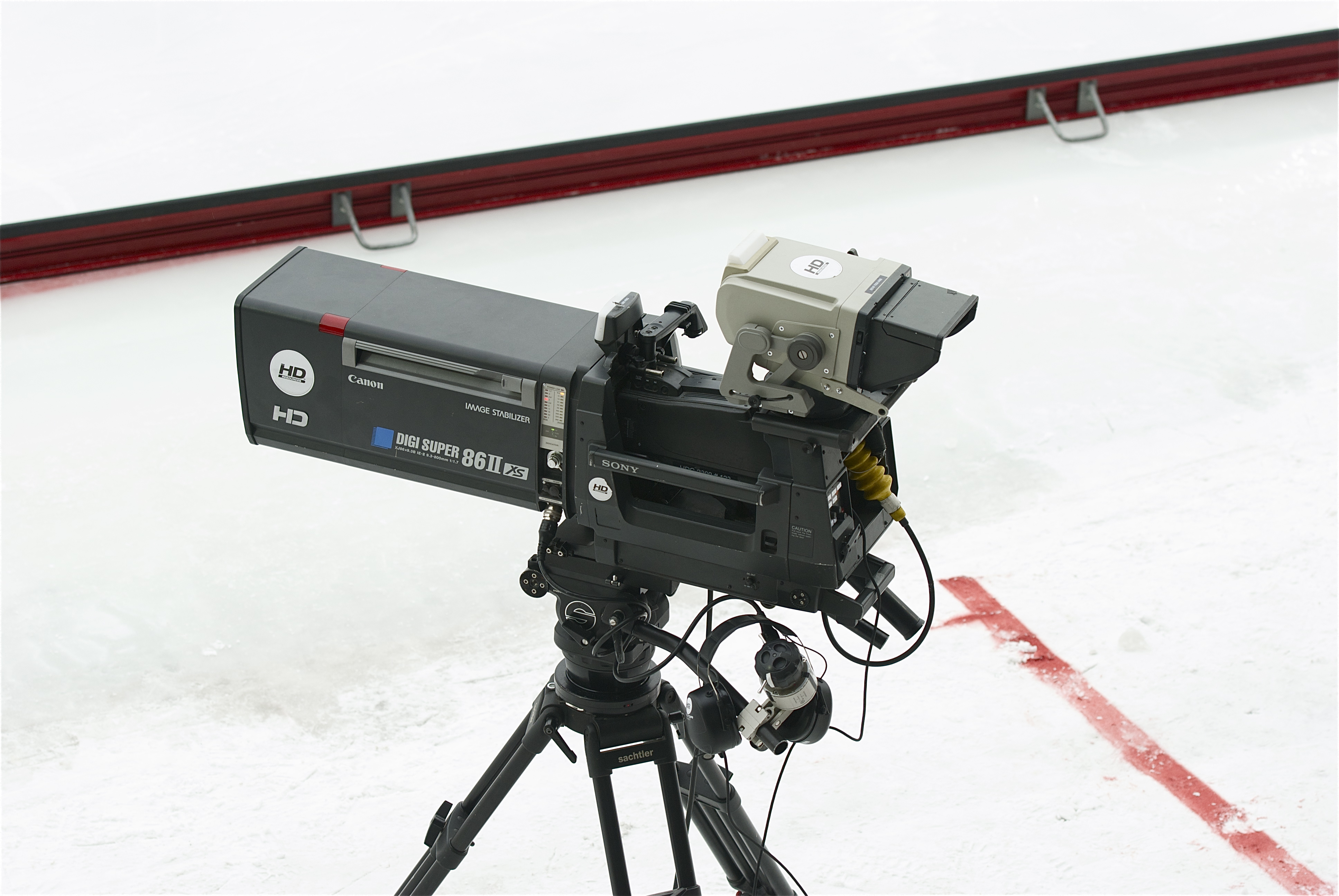|
Lunokhod Programme
Lunokhod ( rus, Луноход, p=lʊnɐˈxot, "Moonwalker") was a series of Soviet robotic lunar rovers designed to land on the Moon between 1969 and 1977. Lunokhod 1 was the first roving remote-controlled robot to land on an extraterrestrial body. The 1969 Lunokhod 1A (Lunokhod 0, Lunokhod No. 201) was destroyed during launch, the 1970 ''Lunokhod 1'' and the 1973 ''Lunokhod 2'' landed on the Moon, and ''Lunokhod 3'' (Lunokhod No. 205, planned for 1977) was never launched. The successful missions were in operation concurrently with the Zond and Luna series of Moon flyby, orbiter and landing missions. The Lunokhods were primarily designed to support the Soviet human Moon missions during the Moon race. Instead, they were used as remote-controlled robots for exploration of the lunar surface and returning pictures, after the Apollo human lunar landings and cancellation of the Soviet human Moon programme. The Lunokhods were transported to the lunar surface by Luna sp ... [...More Info...] [...Related Items...] OR: [Wikipedia] [Google] [Baidu] |
Zvezda (moonbase)
Zvezda moonbase (, ''"star"''), also called DLB Lunar Base, was a Soviet Union, Soviet plan and project from 1962 to 1974 to construct a crewed moonbase as successor to the Soviet crewed lunar programs, N1-L3 human lunar expedition program. Zvezda moonbase was canceled with the rest of the Soviet human lunar programs. Implementation The base's main habitation module would first be delivered to the Moon. Later automatic spacecraft, including the Lunokhod rover, would be delivered, followed by a human crew and more modules. For the safety of the crew, the habitation modules might have been covered with regolith. In order to allow for exploration or repositioning of the base, the habitation modules may have been installed on wheel chassis, and multiple docked to form a movable train. Energy for the base would have been provided by atomic battery, atomic batteries and a nuclear reactor. The moonbase project was ordered by the Soviet space chief Sergei Korolev, Korolyov to Vladimir B ... [...More Info...] [...Related Items...] OR: [Wikipedia] [Google] [Baidu] |
Lavochkin
NPO Lavochkin (, OKB-301, also called Lavochkin Research and Production Association or shortly Lavochkin Association, LA) is a Russian aerospace company. It is a major player in the Russian space program, being the developer and manufacturer of the Fregat upper stage, as well as interplanetary probes such as Fobos-Grunt. As of 2015, it was headed by Sergei Lemeshevskii. On 10 August 2017 the Lavochkin Association's Board of Directors appointed Vladimir Kolmykov Director General of the enterprise. Overview The company develops and manufactures spacecraft such as the Fregat rocket upper stages, satellites and interplanetary probes. It is a contractor for a number of military programs, such as the Oko early warning satellite, Prognoz and Araks programmes as well as the civilian program Kupon. One of the company's most notable projects was the participation in the failed Fobos-Grunt sample return mission. NPO Lavochkin has also developed the Elektro–L series of new-generation ... [...More Info...] [...Related Items...] OR: [Wikipedia] [Google] [Baidu] |
Georgy Babakin
Georgy Nikolayevich Babakin (; 13 November 1914 – 3 August 1971) was a Soviet engineer working in the space program. He was Chief Designer at the Lavochkin Design Bureau from 1965 until his death. Babakin's early career was spent in radio engineering, starting with a job at the Moscow telephone company in 1930, working on an urban radio network. From 1943 to 1949, Babakin worked on radar targeting systems at the Institute of Automation (VSNITO), where he became its chief engineer. Babakin became involved in the Soviet space program in 1949, working in Boris Chertok's division of NII-88 on surface-to-air missiles and targeting systems. In 1952, he was part of a group transferred to Lavochkin's bureau OKB-301 to work on the intercontinental cruise missile Burya and the V-300 anti-aircraft missile. In 1960, Semyon Lavochkin died at an aircraft show (literally died in Babakin's arms), and the bureau was subsumed by Vladimir Chelomei. It became independent again in 1965, with ... [...More Info...] [...Related Items...] OR: [Wikipedia] [Google] [Baidu] |
Television Cameras
A professional video camera (often called a television camera even though its use has spread beyond television) is a high-end device for creating electronic moving images (as opposed to a movie camera, that earlier recorded the images on film). Originally developed for use in television studios or with outside broadcast trucks, they are now also used for music videos, direct-to-video movies (see digital movie camera), corporate and educational videos, wedding videos, among other uses. Since the 2000s, most professional video cameras are digital (instead of analog). The distinction between professional video cameras and movie cameras narrowed as HD digital video cameras with sensors the same size as 35mm movie cameras - plus dynamic range (exposure latitude) and color rendition approaching film quality - were introduced in the late 2010s. Nowadays, HDTV cameras designed for broadcast television, news, sports, events and other works such as reality TV are termed as professional vid ... [...More Info...] [...Related Items...] OR: [Wikipedia] [Google] [Baidu] |
Helical Antenna
A helical antenna is an antenna consisting of one or more conducting wires wound in the form of a helix. A helical antenna made of one helical wire, the most common type, is called ''monofilar'', while antennas with two or four wires in a helix are called ''bifilar'', or ''quadrifilar'', respectively. In most cases, directional helical antennas are mounted over a ground plane, while omnidirectional designs may not be. The feed line is connected between the bottom of the helix and the ground plane. Helical antennas can operate in one of two principal modes: normal or axial. In the ''normal mode'' or ''broadside'' helical antenna, the diameter and the pitch of the aerial are small compared with the wavelength. The antenna acts similarly to an electrically short dipole or monopole, equivalent to a wave vertical and the radiation pattern, similar to these antennas is omnidirectional, with maximum radiation at right angles to the helix axis. For monofilar designs the radi ... [...More Info...] [...Related Items...] OR: [Wikipedia] [Google] [Baidu] |
Pluton (complex)
Pluton is a system of deep space communications and planetary radar in Crimea. It was built in the Deep Space Communication Center area 85th Radiotechnical Center of Distance Communications with Space Objects (; ) in the then Yevpatoria Raion in 1960. It consists of at least three antennas. Three of them are of the ADU-1000 design, arrays of eight reflector antennas, each with diameter of 16 metres. Two receiving antennas were built at the North StationGrahn, Sven Yevpatoria – as the U.S. saw it in the 1960s/ref> at Vityne, and a transmitter was constructed 8.5 kilometres away at the South StationMitchell, Don PSoviet Telemetry Systems. Deep-Space Communication Centers./ref> at Zaozerne. Each receiving dish has a Cassegrain system with subreflectors mounted on quadrapods in front of the dishes. The dishes were welded onto the hulls of two diesel submarines and laid onto railway bridge trusses. The ADU-1000 antennas were mounted onto steerable frames constructed fr ... [...More Info...] [...Related Items...] OR: [Wikipedia] [Google] [Baidu] |
Exploration Of The Moon
The physical exploration of the Moon began when ''Luna 2'', a space probe launched by the Soviet Union, made a deliberate impact on the surface of the Moon on 14 September, 1959. Prior to that the only available means of lunar exploration had been observations from Earth. The invention of the optical telescope brought about the first leap in the quality of lunar observations. Galileo Galilei is generally credited as the first person to use a telescope for astronomical purposes, having made his own telescope in 1609, the mountains and craters on the lunar surface were among his first observations using it. Human exploration of the Moon since Luna 2 has consisted of both crewed and uncrewed missions. NASA's Apollo program has been the only program to successfully land humans on the Moon, which it did six times on the near side in the 20th century. The first human landing took place in 1969, when the Apollo 11 astronauts Buzz Aldrin and Neil Armstrong touched down on the surfac ... [...More Info...] [...Related Items...] OR: [Wikipedia] [Google] [Baidu] |
Crimea
Crimea ( ) is a peninsula in Eastern Europe, on the northern coast of the Black Sea, almost entirely surrounded by the Black Sea and the smaller Sea of Azov. The Isthmus of Perekop connects the peninsula to Kherson Oblast in mainland Ukraine. To the east, the Crimean Bridge, constructed in 2018, spans the Strait of Kerch, linking the peninsula with Krasnodar Krai in Russia. The Arabat Spit, located to the northeast, is a narrow strip of land that separates the Syvash lagoons from the Sea of Azov. Across the Black Sea to the west lies Romania and to the south is Turkey. The population is 2.4 million, and the largest city is Sevastopol. The region, internationally recognized as part of Ukraine, has been under Russian occupation of Crimea, Russian occupation since 2014. Called the Tauric Peninsula until the early modern period, Crimea has historically been at the boundary between the Classical antiquity, classical world and the Pontic–Caspian steppe, steppe. Greeks in pre-Rom ... [...More Info...] [...Related Items...] OR: [Wikipedia] [Google] [Baidu] |
Simferopol
Simferopol ( ), also known as Aqmescit, is the second-largest city on the Crimea, Crimean Peninsula. The city, along with the rest of Crimea, is internationally recognised as part of Ukraine, but controlled by Russia. It is considered the capital of the Autonomous Republic of Crimea. Since 2014 it has been under the ''de facto'' control of Russia, which Annexation of Crimea by the Russian Federation, annexed Crimea that year and regards Simferopol as the capital of the Republic of Crimea (Russia), Republic of Crimea. Simferopol is an important political, economic and transport hub of the peninsula, and serves as the administrative centre of both Simferopol Municipality and the surrounding Simferopol District. Its population was After the 1784 Annexation of Crimea by the Russian Empire, annexation of the Crimean Khanate by the Russian Empire, the Russian empress decreed the foundation of a city named Simferopol on the location of the Crimean Tatars, Crimean Tatar town of Old ... [...More Info...] [...Related Items...] OR: [Wikipedia] [Google] [Baidu] |





